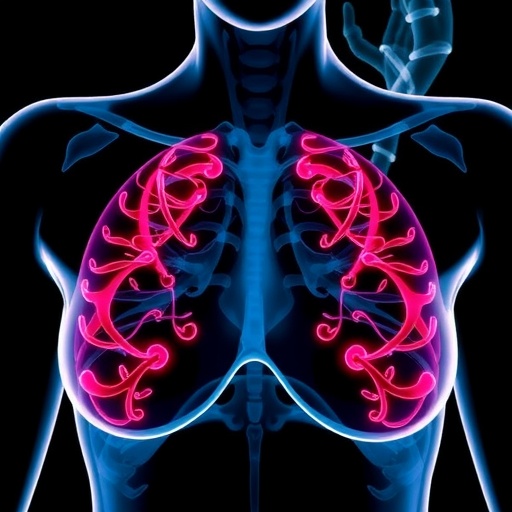Female mice may be more susceptible to vaginal Zika virus infection during a specific stage of their reproductive cycle, researchers at the La Jolla Institute for Allergy and Immunology report December 20 in Cell Reports. While their findings cannot be directly extrapolated and applied to humans because the virus was tested in mice with altered immune systems, it does illustrate how certain sex hormones can allow the sexually transmitted virus to establish itself in the reproductive tract and move into the bloodstream.
"We don't know if the vaccines that are currently being developed prevent sexual transmission because the immune response to protect against systemic infection differs from the one in the reproductive tract," says Sujan Shresta, who studies infectious disease at La Jolla. "It's really important to test the vaccines that are being generated in different mouse models."
In order to study how Zika infection could spread from sexual transmission, the researchers used two groups of mice–one group with weak antiviral immunity and one group with stronger immune systems–and gave each group of mice hormone treatments to induce changes in their estrus cycles. Next, the researchers injected small samples of Zika into the vaginas of the mice. They discovered that during simulated estrus, when the mice don't produce high levels of the sex hormone progesterone, neither group of mice was susceptible to Zika infection. But during simulated diestrus, when the mice have higher levels of progesterone, all of the mice were susceptible to infection.
"Modern Zika science isn't even 2 years old yet–it is way too early to know if the susceptibility varies due to differences between mice and humans or whether we've discovered an aspect that's really relevant to human infection," says Shresta. "The findings in our study are a good starting point, and the jury will probably be out for years for science to determine whether the hormone-based differences matter to human infection."
In mice that were infected with Zika during the diestrus-like phase of their estrus cycle, the researchers also noted that viral RNA persisted in the vagina for as many as 10 days and the virus spread beyond their reproductive tracts and was detected in their spleens and brains.
Zika is still a significant public health challenge, and the ability for the virus to spread through sex allows the virus to travel beyond the normal range of the mosquitoes that primarily transmit it. Shresta and her collaborators hope to use this research to continue to study how the virus spreads from the reproductive organs, with the ultimate goal of using these mice models to test vaccines that can prevent both mosquito and sexual transmission.
"We can identify all the interactions to show how the virus is causing disease in the mouse model and how the immune response is different for different organ systems," says Shresta. "We understand the role of the virus in the models, both in terms of infection and protection, and we can use that knowledge to really test the effectiveness of drugs and vaccine candidates to prevent sexual transmission."
###
This work was supported through the Division of Inflammation Biology at La Jolla Institute for Allergy and Immunology in California.
Cell Reports, Tang et al.: "A Mouse Model of Zika Virus Sexual Transmission and Vaginal Viral Replication" http://www.cell.com/cell-reports/fulltext/S2211-1247(16)31644-8
Cell Reports (@CellReports), published by Cell Press, is a weekly open-access journal that publishes high-quality papers across the entire life sciences spectrum. The journal features reports, articles, and resources that provide new biological insights, are thought-provoking, and/or are examples of cutting-edge research. Visit: http://www.cell.com/cell-reports. To receive Cell Press media alerts, contact [email protected].
Media Contact
Michaela Kane
[email protected]
617-397-2802
@CellPressNews
http://www.cellpress.com
############
Story Source: Materials provided by Scienmag




